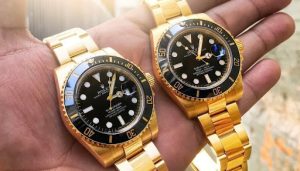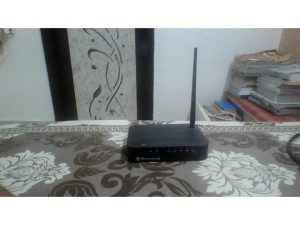
The ring is the most important of all engagement gifts, and it is given at the time of engagement. According to jewelry experts, an ideal ring should cost not less than 2 months’ salary for the groom. So if your beloved’s monthly income is Rs 50,000 then you should spend between Rs 1 lakh and Rs 1.2 lakh on the ring.
The first thing to consider when buying a diamond ring is clarity (or purity). There are mainly three types-included, slightly included, and flawless diamonds. Diamonds with very few flaws are expensive as they can be sold at high prices easily whereas stones with many inclusions cannot be sold unless their flaws have been corrected by treatment processes such as laser drilling or artificial diffusion. Flawless diamonds are rare and cost the least.
The second criterion for buying a diamond ring is its cut (or proportion). The best proportions are the round, antique, and cushion cuts. Generally, triangular, pear-shaped, and marquise-shaped diamonds look attractive too but their prices vary according to other factors such as carat weight, clarity, and cut. You may ask your jeweler to show you some 5 carat diamond ring that he has designed himself; he will be glad if you appreciate his creativity because this way you can establish a rapport with him and get good discounts on future purchases.

You must know the four Cs:
- Carat weight (weight of one diamond)
- Color (color grade or purity)
- Clarity (how pure or free of inclusions)
- Cut (proportion, symmetry, and polish).
CARAT WEIGHT: Diamonds are sold according to weight. If the weight is expressed as 5 carats or 5 centis, it can be called simply “5”.
COLOR: A diamond is white in its pure form but impurities make different colors on the surface of the stone. Different hues of yellow, brown, green, grey, etc are seen among diamonds. The most expensive diamonds are absolutely colorless. Colour grading starts from D which indicates the complete absence of color. As far as price goes, prices increase exponentially with an ever-so-slight improvement in color grade. For example, a D-1 will cost more than a D but a G-1 will cost more than a D-1.
CLARITY: Every diamond has some or the other type of internal flaws or inclusions that can be seen with the naked eye as opaque spots, clouds, lines, streaks, etc. These are called inclusions and they decrease the value of a diamond. In case one cannot see these flaws even under 10X magnification using a loupe then it is classified as “flawless”. The GIA (Gemological Institute of America) which is considered to be an international leader in diamonds and gemstones grading began to use special devices such as spectrometers to grade the clarity and color of diamonds. All stones graded by them have letter designations for clarity such as VVS1 and SI2. Stones that do not have any type of internal flaws and are completely transparent to the naked eye are called Flawless.
CUT: A diamond can be cut into many different shapes such as round, cushion, heart, marquise, etc. The best proportions for a diamond ring is any one of these shapes and their relative proportion increases with the increase in carat weight. For example, a 3-carat weight has more value than a 1-carat weight if it is cut according to proper proportions.






